Antarctica Dry Valleys
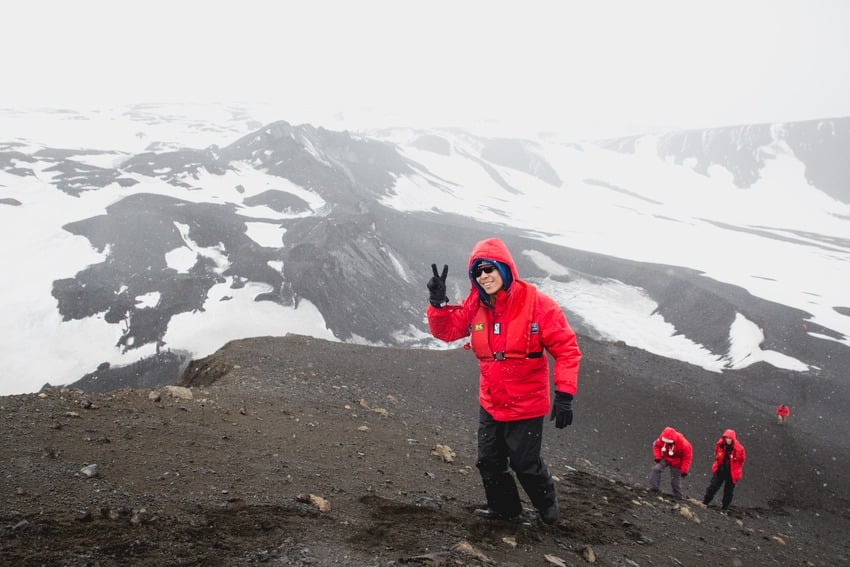
Think of Antarctica and you are likely picturing a continent buried in ice and snow. Let us debunk the myth that the White Continent is fully covered by thick ice only! The Dry Valleys of Antarctica feature limited precipitation, extremely low temperatures, high levels of salt accumulation and extensive stretches of exposed dirt – not the place you’d expect to find thriving terrestrial ecosystems. At first glance, Antarctica’s Dry Valleys look like relentless and extreme deserts, but the valley’s rocks and glacier streams host resilient organisms that are perfectly adapted to survive these extreme conditions.
Where Are the Dry Valleys in Antarctica?
Most pictures you’ll see of Antarctica feature endless snow- and ice-covered landscapes as far as the eye can see. But there are parts of the continent that are completely without ice and snow, covered with bare rocks and soil. You’ll find these incredible dry and ice-free valleys just around 97km (60 miles) from the McMurdo Station, venturing inland from the western coast of McMurdo Sound. As part of the East Antarctic Ice Sheet (the larger one of the two Antarctic ice sheets), they cover an area of around 4,800 km2 (1,850 square miles) and feature frozen lakes, glacier streams (during austral summers), rocky terrain, boulders and exposed soil. The three largest of the McMurdo Dry Valleys are the Taylor Valley, the Wright Valley and the Victoria Valley.
Various glacier tongues frame the valleys, such as the Canada Glacier, Taylor Glacier, Fountain Glacier, Clark Glacier, Commonwealth Glacier and Victoria Upper Glacier. The high peaks of the Transantarctic Mountain Range prevent ice from coming down into the valleys, while high katabatic winds reaching up to 320km/h (200mph) blow from the interior, causing the ice from nearby glaciers discharging into the Dry Valleys to sublimate. Temperatures in the McMurdo Dry Valleys can reach lows of -68C (-90F). The extreme wind molds the rocks in the valleys into smooth natural sculptures (ventifacts).
%20(1).jpg)
Antarctic Life in the McMurdo Dry Valleys
When the first explorers discovered the McMurdo Dry Valleys, they believed the valleys to be entirely void of any life. Little did they know that even in such a dry cold desert and inhospitable place…life can still be found! The Dry Valley ecosystems feature organisms that are perfectly adapted to the harsh climate, using the streams, rocks and ice-covered lakes as their habitat.
Who are these tough fellows that survive there?
Vegetation
Lichens, mosses, algae and cyanobacteria (a blue-green algae) inhabit the valleys. Lichens are known to withstand extreme conditions all over the world and have even survived a scientific journey into space. They cover the rocks on the valley floor, sustaining on the little water that trickles down from nearby glaciers. In some places, lichens adapted to grow inside of rocks, where they find a warmer environment, since the rocks absorb sunlight. Mosses and algae grow mostly in places with regular water exposure, close to the small streams of the valleys. Cyanobacteria are photosynthetic organisms and, just like mosses and algae, cover the areas near water.
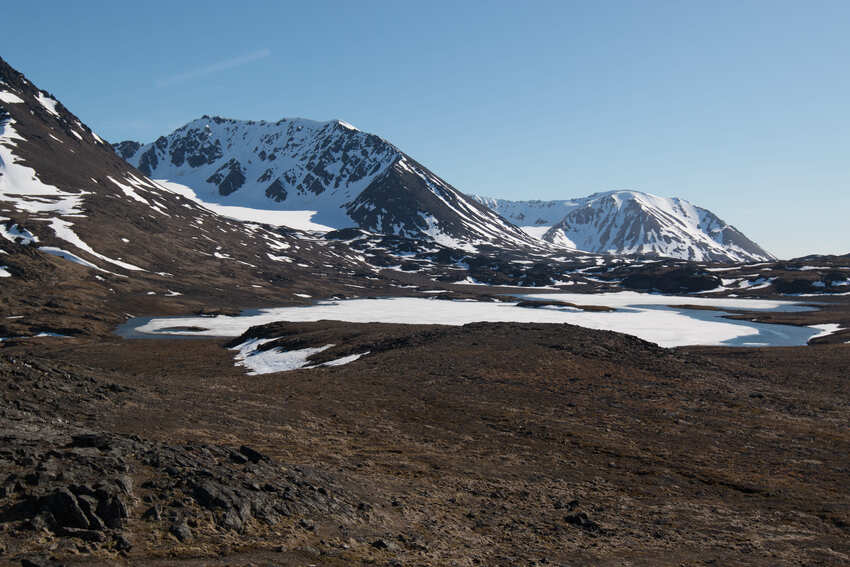
Terrestrial Invertebrates
The physical and biological constraints of life in the valleys make survival difficult. Only die-hard species such as springtails, mites, nematodes (roundworms), rotifers, tardigrades and other soil invertebrates can be found in the Dry Valleys.
When Were the Dry Valleys Discovered?
More than a decade ago, during the heydays of Antarctic exploration, adventurers stumbled over this oddity on the White Continent. The first valley to be discovered was the Taylor Valley (one of the three largest of the McMurdo Dry Valleys). Scott’s Discovery Expedition in 1901-1904 spotted this unusual place, standing out from the otherwise ice-covered surroundings of the continent. It was named after Griffith Taylor, who explored it in more detail during the Terra Nova Expedition in 1910-1913. The Wright Valley was originally discovered by the Scott party in 1903, but the full scope of it only became visible decades later, when aerial photography mapped the region in 1947.
During past decades, scientists started to travel to this remote place to study the features of this Antarctic anomaly. With the discovery that this bleak desert hosts a variety of life, research on biodiversity, protection of ecosystems and water-based organisms commenced. There is still lots to be discovered in the valleys and new findings keep coming in! For example, we only recently found out why the famous Blood Falls at the Taylor Glacier feature distinctive reddish colors.
And not just terrestrial research takes place here! With conditions similar to the planet Mars, Dry Valleys can give scientists an understanding of how organisms may have developed on other planets.
Blood Falls
Imagine a pristine glacier in the middle of Antarctica with a rusty colored liquid oozing out from under the ice cover! What looks like a gory crime scene in the middle of nowhere is actually an incredible phenomenon caused by a complex network of subglacial rivers emerging from a lake under the Taylor Glacier. The falls aren’t made of glacial freshwater, but contain high levels of salt and iron. Saltwater has a lower freezing point and releases heat as it freezes, thus melting the ice and creating these glacial streams. The high content of iron gives the water its signature crimson color.
For nearly a century it was a mystery what the reddish blood falls in the McMurdo Dry Valleys are and originally it was assumed that red algae caused the unsightly “blood bath” at the Taylor Glacier. A research team consisting of scientists from Fairbanks, Alaska and Colorado College detected the peculiar contents of the water: iron, silica, calcium, aluminum, sodium and other elements. Using chemical analysis and a Transmission Electron Microscope, magnifying the water and soil samples up to two million times and thus discovering tiny spheres, they were able to determine why the water flows red-colored from below the glacier.
The iron in the nanospheres form iron oxides and iron hydroxides once the meltwater surfaces and reacts with air, giving the fall its red hue. Chlorine, magnesium and sodium create the yellow and orange-colored iron-phases, which gives the water the signature color spectrum of blood. Against the backdrop of the white glacier surrounding them, the Blood Falls are a major treat for photographers!
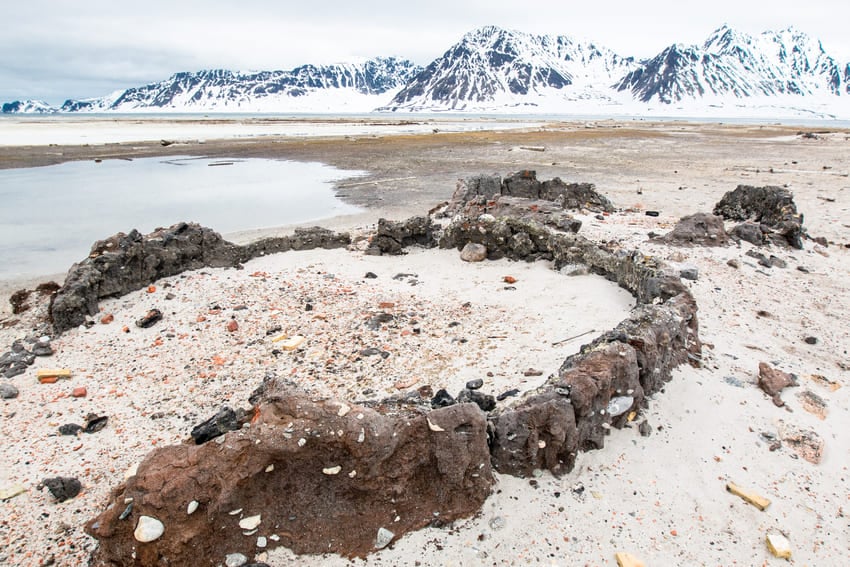
Mummified Seals
Would you expect to find a seal carcass 64km (40 miles) from the nearest seacoast? Walk the McMurdo Dry Valleys and you’ll be amazed how many specimens you’ll stumble across. Mummified seals have been found at altitudes as high as 1,500m (5,000 ft) above sea level in the valleys. The first humans to come across this oddity were the men of the Scott’s Discovery Expedition, when they found the Antarctic Dry Valleys. After that first encounter, it would take decades (until the late 1950s) for scientists to return and further study the seal carcasses.
It’s the crabeater, leopard and Weddell seals that are usually found in the snowless and rocky terrain, sometimes near ice-covered lakes, with some specimens believed to be around 2,600 years old. Carbon dating results show this extreme age, but not everyone is on board with the theory behind it. Critics such as geologist Wakefield Dort Jr. argue that the harsh conditions in the valleys obliterate the carcasses’ bones and tissues quicker than under usual conditions, which may give inaccurate results about their true age. According to his assumption, the seal bodies may be no more than 200-300 years old. As Wakefield Dort Jr. explains, radiocarbon dating for marine organisms may be inaccurate due to the lower carbon-14 (radioactive carbon isotope) activity of Antarctic seawater compared to the accepted world standard. Hence, the ambitious results of this method may suggest a much higher age of the carcass than they are in reality.
The seal remains aren’t all perfect mummies. The degree of mummification ranges widely among the collected specimens. While some of the seal carcasses are nearly intact, with their whiskers in place, pelts soft and bodily fluids still being excreted, others may be shrunken, dry and properly mummified. And in some cases, you’ll only find bare bones. The eerie seal mummies spread across the desolate landscape are one of the big mysteries of Antarctica. How old are these bodies and how did the seals get so far inland? Some scientists believe that the seals simply took a wrong turn and ended up in the Antarctic interior. While migrating north for the winter, they may have gotten lost in whiteout conditions and eventually found themselves in the Dry Valleys. Research on their body sizes also suggests that the majority of lost seals in the valleys are pups under 6 months of age.
According to scientific calculations, this death march of seals is not a regular occurrence and may happen only once every four to eight years. Once an unfortunate seal ends up here, its fate is sealed. The dry, windy and freezing climate turns their corpses into mummies. The lack of bacteria prevents biodegrading and thus preserves the remains of these unfortunate seals quite well. It’s still a mystery for scientists how they survive the long journey into the interior before eventually expiring in the valleys. For marine biologists, these carcasses are a great opportunity to study the history of seal populations over time using carbon dating and chemical analysis. With changing sea ice density and quantity around McMurdo Sound, they can study how specific seal species react to environmental changes over time, such as the warming of the oceans.
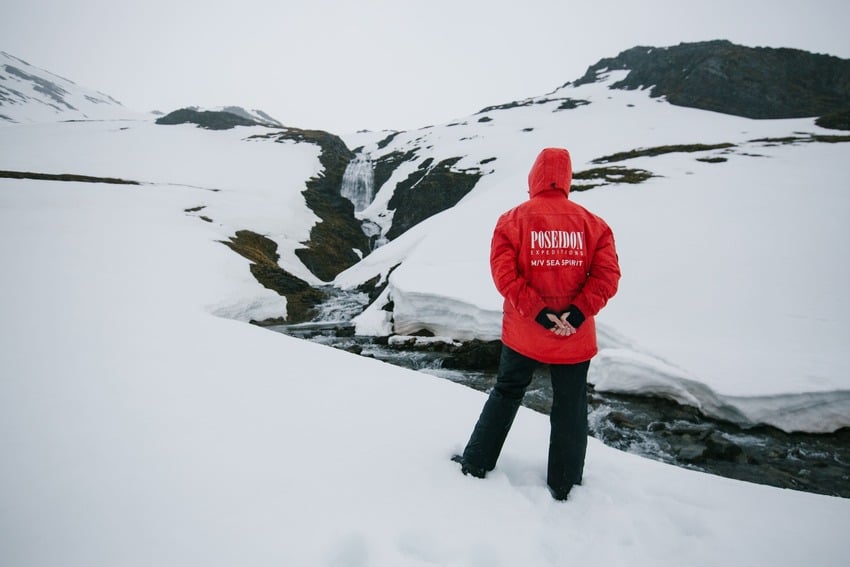
Onyx River
The Onyx River is the longest in Antarctica, but only during the austral summer. It only runs for around six to eight weeks and its water volume depends on annual temperatures in the valley. At 28 km (17 miles) long, it’s not really a river, but an on-and-off glacial meltwater stream. Emerging from the lower Wright Glacier, it flows along the Wright Valley into Lake Vanda. Even when it’s flowing, the river’s appearance can vary significantly! One season it may flood the valley floor, while during other seasons the flow may barely reach Lake Vanda.
If you’re picturing a powerful wild river flowing through the valley, you may be in for a disappointment. The Onyx River reaches a maximum depth of only 50 cm (20 inches) and a width of only a few meters. It’s because of meltwater streams like this that life is found in Dry Valleys: cyanobacteria, algae and mosses depend on the occasional water source. With an absence of vascular plant life, the riverbanks of the streams in the valley are often unstable.
While a visit to this river is an amazing adventure, it’s very remote and few humans get to make the trip.
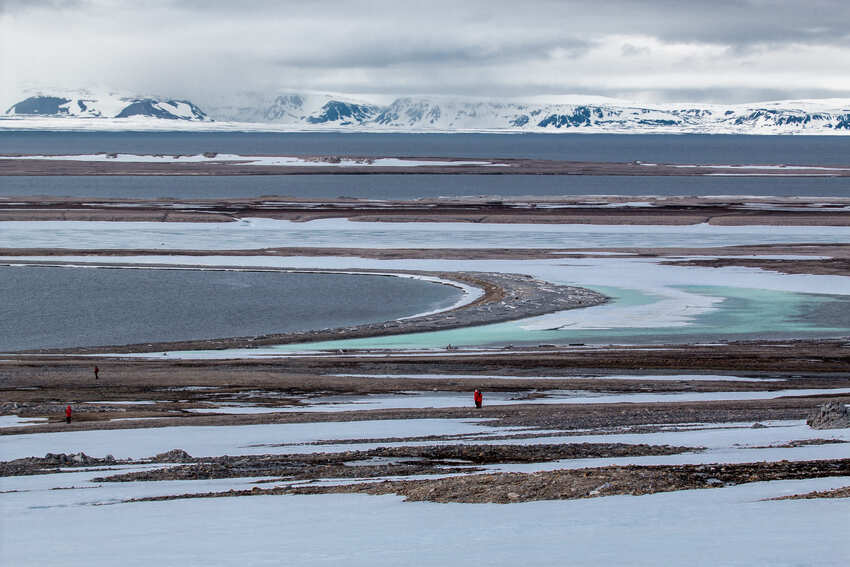
The Ice-covered Lakes of the McMurdo Dry Valleys
The meltwater streams from nearby glaciers feed the unique high-salinity lakes on the valley floors. The saltwater combined with the over 3-meter-thick (9.9 ft) ice cover (which blocks most of the sunlight) result in slow nutrient supply and distribution toward the lake’s upper layer. This cold and dark environment only allows for the slow growth of a few die-hard species such as cyanobacteria. The permanent ice-cover on the lakes protects the unique ecosystems in them, making them a perfect place to study ancient organisms and their DNA.
Water depths in the lakes depend largely on the amount of glacier water coming down the valleys each year. Over the millennia Lake Vanda, located in the Wright Valley, would transform from a 130-meter (427 ft) deep lake (around 5,000 years ago) into a small brine puddle (around 1,200 years ago). Because there is a permanent protective ice cover on the lake, winds do not mix the water well enough, so the concentrated brine from 1,200 years ago is still detectable at the bottom. Currently, Lake Vanda features a depth of around 69m (226 ft) with a surface area of around 5.2 km2 (2 square miles).
Lake Vida in the Victory Valley maintains a year-round average temperature below -10C (50F) and is six times saltier than ocean water. It’s the largest lake of the McMurdo Dry Valleys by surface area at 6.8 km2 (2.6 square miles) and has a depth of around 21 meters (69 ft). Its salty brine is buried under a 20m (66 ft) thick ice cover. But it can get even saltier than that! Don Juan Pond in the Wright Valley is 40% salt, which is twice as salty as the Dead Sea!
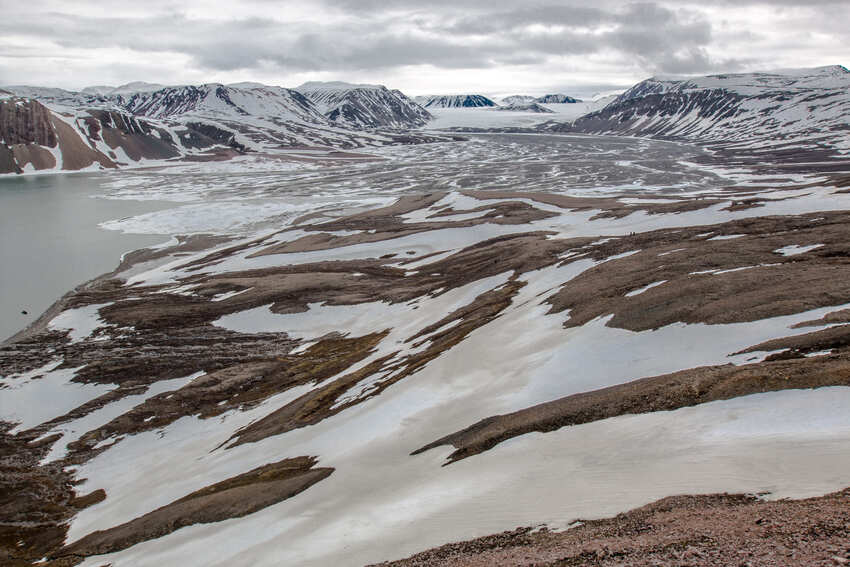
Don Juan Pond
While the Antarctic ice sheets respond over a period of thousands of years to climate change, the ice-covered lakes in the valleys respond to changes much faster, making this area an interesting research ground. Not every lake in the Dry Valleys features a thick ice-cover! Don Juan Pond is 18 times saltier than regular seawater (with over 40% salinity) and is simply too salty to freeze. It’s the saltiest body of water among all hypersaline lakes in the world. Even in -50C (-58F) weather the water won’t freeze. While the salinity in the world’s oceans comes from sodium chloride, 90% of Don Juan Pond consists of calcium chloride.
Don’t be misled, it’s really not more than a salty puddle. Only 30cm (1 foot) deep in the mid-1990s, it’s been shrinking steadily and, at times, even almost dried out. Evaporating water over the last decades left a crystalline ring of sodium chloride and calcium chloride framing its shores.
And in case you’re wondering: Don Juan Pond wasn’t named after the fictional womanizer depicted in Lord Byron’s satirical poems, but named after the two helicopter pilots (Lt. Don Roe and Lt. John Hickey) who flew the first party (led by George H. Meyer) to discover the pond in 1961. And ever since, the scientists keep coming! The hypersaline Don Juan Pond and its nearby cliffs are a magnet for research teams curious to study its unique environment. Given its similarity to conditions on Mars, it’s also a prime place to research how life on the Red Planet may look like.
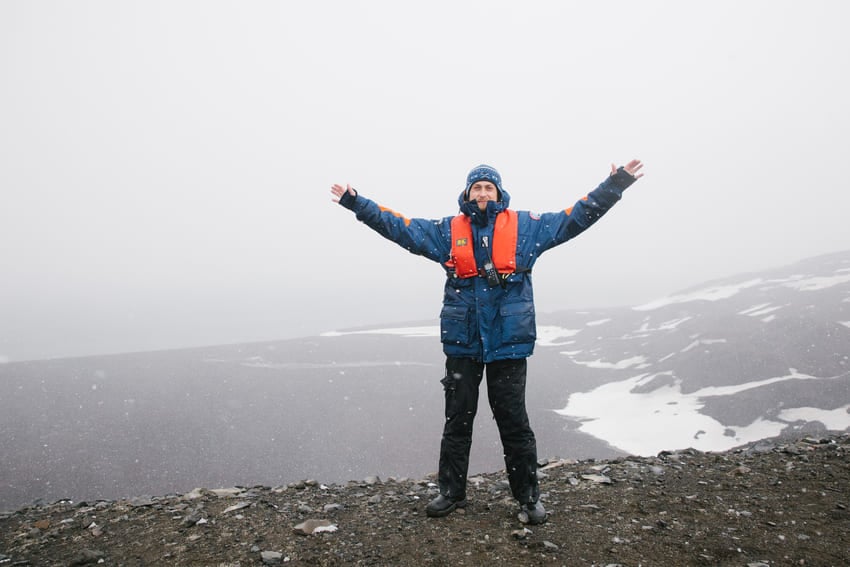
Labyrinth
The Labyrinth, with its peculiar patterns, is one of the unique landscapes of the ice-free Dry Valleys of Antarctica. Over 50 km (31 miles) of channels and canyons cut a distinctive rugged relief into the bedrock on a flat upland area west of the Wright Valley. The structure of the labyrinth covers a total area of 30 km2 (11.6 square miles). If you’re lucky to get a bird’s-eye view, you’ll be able to admire the full beauty of this peculiar part of Antarctica, located near the western Wright Valley.
The labyrinth features reddish rocks consisting mainly of dolerite, giving you the impression that you’ve just landed on planet Mars. But what caused this strange pattern of rock formations?
Erosion, glacier activity and fast flowing glacial meltwater passing through during the mid-Miocene era may have shaped the labyrinth millions of years ago. The channels in the vast network emerging from beneath the Wright Upper Glacier are up to 600 meters (2000 ft) wide and 250 meters (820 ft) deep, in close proximity to the Transantarctic Mountains.
Within the labyrinth, you’ll find so-called ventifacts, which are curiously shaped rocks molded by high winds in the area. And there is life! On the ridges, where humidity is generally higher, you may find lichens growing in cracks of rocks. Get a chance to fly over the area or peek on google maps, and, indeed, the resemblance to a labyrinth is undeniable from up above.
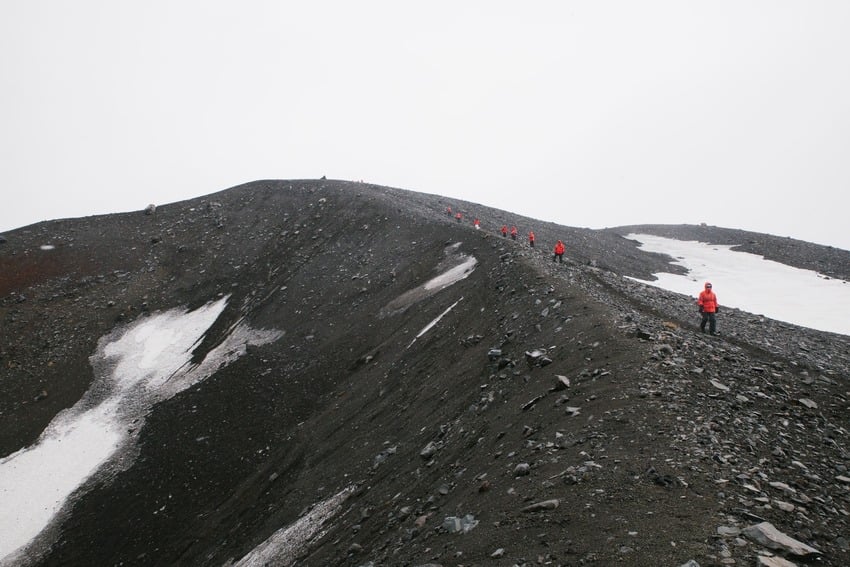
Discovery of Antarctic Groundwater in the McMurdo Dry Valleys
More than 10 million years ago, when temperatures in Antarctica were warmer, the McMurdo Dry Valleys areas such as the Taylor Valley may have been a seawater-filled fjord system. Once the climate changed and the continent transformed into the polar desert as we know it today, seawater began to freeze and the remaining water in the valleys may have concentrated even further into a thick brine, as crystallizing ice rejects salt. This briny seawater then soaked the valley floors and remained there up until today.
Recent studies suggest that groundwater exists below the Dry Valleys’ glaciers and lakes. High in salinity and thus liquid even at low temperatures, it may offer microbial life a suitable environment to thrive. One of these groundwater systems originates from below the Taylor Glacier to Lake Bonney, and another one connects the eastern parts of the valley with the ocean. Studies support that these groundwater reserves were formerly ocean water. The water contents of the Blood Falls streaming from below the Taylor Glacier reassemble seawater and are also similar to the briny groundwater found below the valley. Since the falls feature bacterial life, what incredible ecosystem could the groundwater brine possibly reveal?
Since the Dry Valleys’ conditions are similar to the ones on Mars, scientists are eager to study how life can sustain in such extreme conditions. And if we find surviving organisms in the harsh environment of Antarctica, what life forms can we expect to find on Mars?
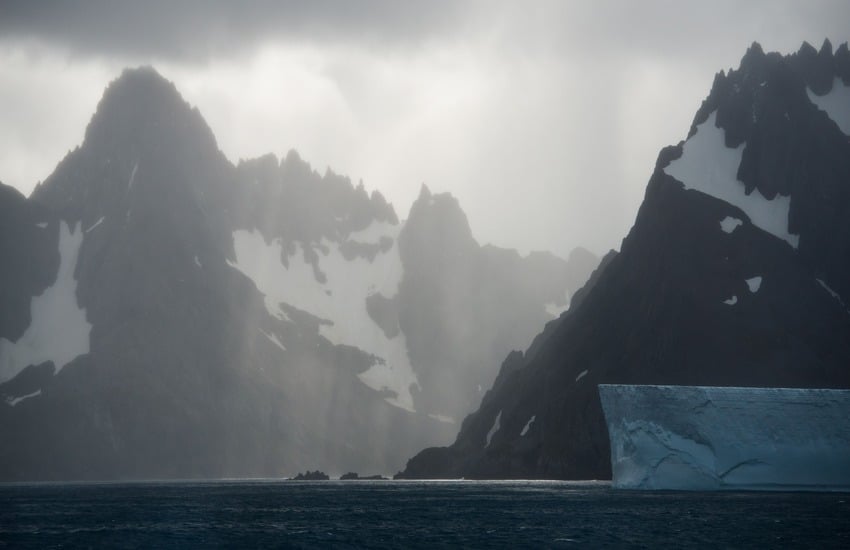
FAQ
How are Dry Valleys formed?
Geologically, the Dry Valleys’ development started around 650 million years ago when rock sediments were carried by rivers of the continent to the sea in East Antarctica, gradually building up and being compressed to form sedimentary rock. The extreme dryness in the McMurdo Dry Valleys comes from its location near the Transantarctic Mountains. The peaks force air to flow upwards, thus losing moisture, placing the valleys into a precipitation shadow with very little snow or rain. The mountains also keep glacier ice from flowing down the valleys, while strong katabatic winds sweep through the valley floors, causing ice to evaporate.
Are there animals in the Dry Valleys of Antarctica?
Apart from the occasionally lost seal, there are no animals in the Dry Valleys. These seals are mummified in extreme weather conditions and are found all over the valleys. But there is life in the Dry Valleys! You can find microbial life such as roundworms and tardigrades thriving in these extreme conditions.
How cold can it get in the Dry Valleys of Antarctica?
The temperatures in the valleys can reach lows of -68C (-90F), but the annual average is around -20C (-4F).